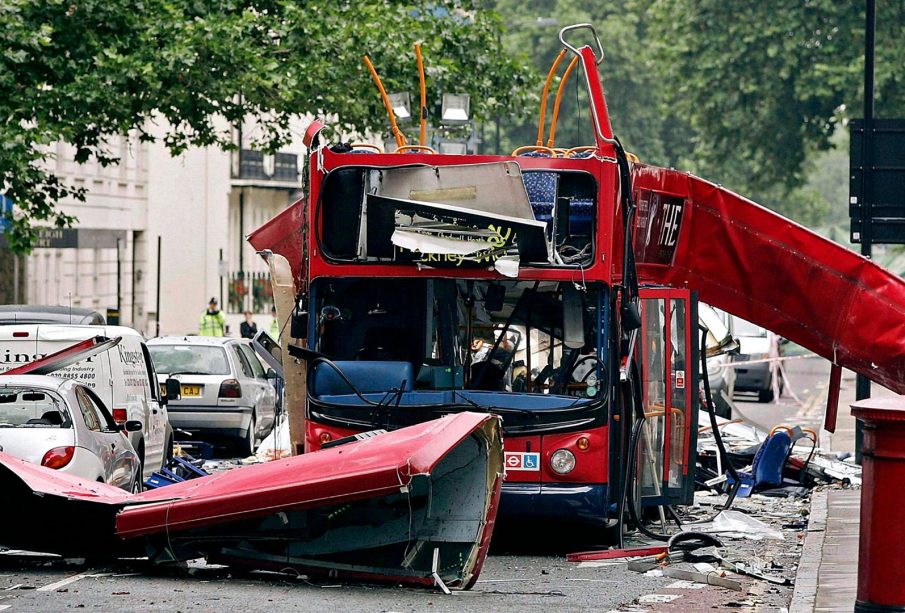The Impact of the 7/7 Bombings on the UK

Introduction
The 7/7 bombings, which occurred on July 7, 2005, represent one of the most tragic and significant events in modern British history. On that fateful day, four coordinated suicide attacks targeted London’s public transport system, resulting in the deaths of 52 innocent civilians and injuring over 700 others. This catastrophic event not only devastated families and communities but also forever changed the landscape of national security and public safety in the UK. It serves as a reminder of the profound impacts of terrorism and the constant need for vigilance in preventing such tragedies.
The Events of 7/7
The bombings took place during the morning rush hour. Three bombs exploded within minutes on London Underground trains, specifically on the Circle, District, and Piccadilly lines, while a fourth bomb detonated on a double-decker bus in Tavistock Square. The assailants, motivated by extremist ideologies, were part of a broader agenda intended to instil fear and wreak havoc in society. Emergency services responded rapidly, and the aftermath saw an unprecedented wave of public sorrow and solidarity.
Consequences and Reactions
In the wake of the 7/7 attacks, the UK government announced a series of immediate actions aimed at bolstering security and combating terrorism. The incident triggered extensive reviews of existing security protocols on public transport and led to the implementation of contingency plans to handle future threats. It also accelerated the introduction of the controversial Counter-Terrorism Act 2008, which expanded police powers for surveillance and detention.
Public reaction was profound, with widespread mourning across the nation. Memorial services were held, and the 7/7 memorial was unveiled at the site of the bombings, commemorating the victims and serving as a reminder of the resilience of the human spirit in the face of adversity.
Lasting Legacy and Security Changes
Since that day, the UK has faced an evolving threat landscape. Security measures in transport systems have become increasingly stringent, including the introduction of visible policing, increased CCTV surveillance, and advanced intelligence-sharing between security agencies. The 7/7 bombings also prompted discussions about radicalisation and community cohesion, leading to community outreach programs aimed at fostering understanding and integration.
Conclusion
The 7/7 bombings remain a pivotal moment in UK history. As the country commemorates the victims and reflects on the tragic events that unfolded, it serves as a chilling reminder of the resulting need for community resilience and an ongoing commitment to combatting terrorism. The legacy of 7/7 continues to influence not only public policy and security measures but also the collective consciousness of the nation, serving as an impetus for continued dialogue about safety and unity in the face of terrorism.









